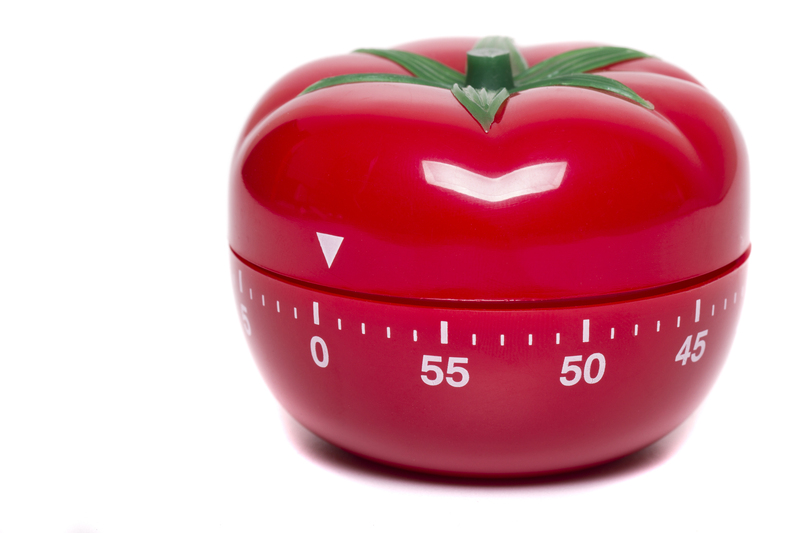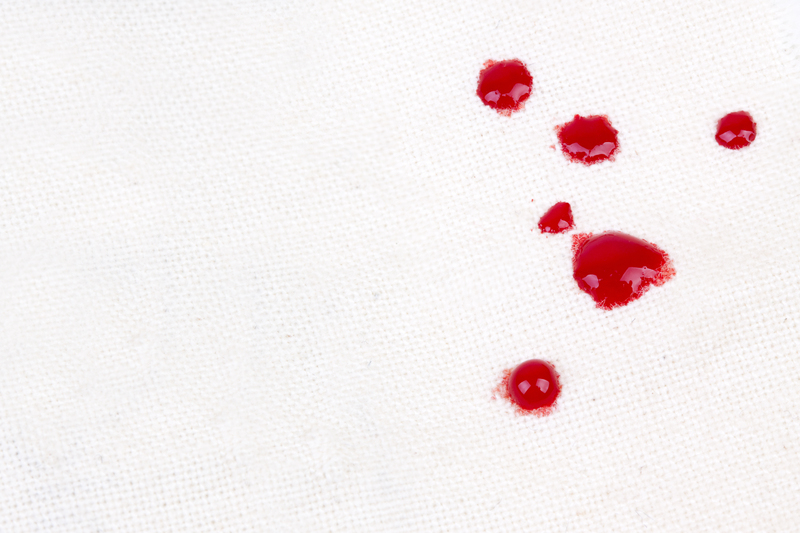Effective Grease Stain Removal Tips
Grease stains can be one of the most stubborn and challenging types of stains to remove. Whether it's from cooking oil, butter, or automotive grease, these stains tend to penetrate deeply into the fabric, making them difficult to clean. Fortunately, with the right techniques and products, you can effectively tackle and eliminate grease stains. This article will guide you through various methods to remove grease stains from different surfaces, ranging from clothing to kitchen appliances.
Understanding Grease Stains
Before diving into the methods of grease stain removal, it's essential to understand the nature of grease stains. Grease is composed of fats and oils, making it a hydrophobic (water-repelling) substance. This characteristic makes it resistant to traditional water-based cleaning methods. Additionally, grease can quickly bind to fibers in fabrics and surfaces, requiring specialized approaches to break down and remove the stain effectively.

General Principles of Grease Stain Removal
Several principles apply to most grease-stain removal techniques:
1. **Act Quickly**: The sooner you address a grease stain, the easier it is to remove. Fresh stains have not yet settled deeply into the fibers or surfaces.
2. **Blot, Don't Rub**: When dealing with fresh stains, use a paper towel or a clean cloth to blot the excess grease. Rubbing can spread the stain and push it deeper into the material.
3. **Use Absorbent Materials**: Incorporate absorbents like baking soda, cornstarch, or talcum powder to lift the grease from the surface.
4. **Choose the Right Cleaner**: Depending on the type of material, select an appropriate cleaner (e.g., dish soap, degreaser, laundry detergent).
5. **Test on a Small Area**: Always test the chosen cleaning product on an inconspicuous area to ensure it doesn't damage the material.
Removing Grease Stains from Clothing
Here's a step-by-step guide on how to eliminate grease stains from clothes:
1. **Absorb the Excess Grease**: Sprinkle baking soda or cornstarch directly onto the stain and let it sit for 10-15 minutes. These substances will absorb the grease.
2. **Brush Off the Powder**: After the grease has been absorbed, gently brush off the baking soda or cornstarch using a soft-bristled brush.
3. **Apply Dish Soap**: Pour a small amount of dish soap directly onto the stained area. Dish soap is designed to cut through grease, making it highly effective.
4. **Rub the Fabric**: Gently rub the fabric to work the dish soap into the stain. Use your fingers or a soft-bristled brush.
5. **Rinse with Hot Water**: Rinse the stained area with hot water, ensuring that the soap and loosened grease are washed away.
6. **Launder**: Finally, wash the garment according to the care label instructions. Use the warmest water temperature safe for the fabric and a high-quality laundry detergent.
Removing Grease Stains from Upholstery and Carpets
Removing grease stains from upholstery and carpets requires a different approach since these materials can be more delicate and harder to clean.
1. **Blot the Stain**: Use a clean, white cloth or paper towel to blot (not rub) the excess grease.
2. **Apply Absorbent Powder**: Sprinkle a generous amount of baking soda or cornstarch on the stain and allow it to sit for at least 15 minutes to absorb the grease.
3. **Vacuum the Powder**: Vacuum up the absorbent powder to remove the grease it has absorbed.
4. **Use a Solvent-Based Cleaner**: Apply a small amount of a solvent-based cleaner, such as rubbing alcohol or a commercial upholstery cleaner, to the stain. Test on an inconspicuous area first.
5. **Blot the Cleaner**: Gently blot the area again to lift the grease. Avoid over-wetting, as this can damage the material or leave water stains.
6. **Rinse and Blot**: Use a clean cloth dipped in warm water to rinse the area, then blot dry with a dry cloth.
Removing Grease Stains from Kitchen Surfaces
Kitchens are common places for grease stains, particularly on countertops, stovetops, and kitchen appliances. Here's how to tackle these grease stains effectively:
1. **Pre-Clean the Surface**: Use a paper towel to wipe off any excess grease from the surface.
2. **Apply a Degreaser**: Choose a commercial kitchen degreaser or make a homemade solution using equal parts white vinegar and water. Apply the solution directly onto the greasy area.
3. **Scrub the Area**: Use a scrub brush, sponge, or microfiber cloth to scrub the grease stain gently. Do not use abrasive materials to avoid scratching the surface.
4. **Wipe Clean**: After scrubbing, wipe the area clean with a damp cloth to remove any residue from the cleaning solution.
5. **Rinse Thoroughly**: Rinse the surface with plain water and wipe dry with a clean cloth to ensure there's no remaining residue that could attract more dirt and grease.
Preventing Future Grease Stains
Preventing grease stains is always easier than removing them. Here are some preventative measures:
1. **Use Splatter Guards**: When cooking, use splatter guards or lids to prevent grease from splashing onto surfaces and clothes.
2. **Wear an Apron**: Protect your clothing by wearing an apron when frying or handling greasy foods.
3. **Clean Regularly**: Regularly clean surfaces that are prone to grease buildup, such as stovetops and kitchen counters.
4. **Pre-Treat Clothing**: If you know you'll be working with greasy substances, pre-treat your clothing with a stain remover to provide a protective barrier.

Choosing the Right Cleaning Products
Selecting the appropriate cleaning products is crucial for effective grease stain removal. Some well-regarded products include:
1. **Commercial Degreasers**: Specifically designed to break down and dissolve grease on various surfaces.
2. **Heavy-Duty Dish Soaps**: Effective for breaking down grease on fabric and hard surfaces alike.
3. **Enzyme-Based Stain Removers**: Excellent for treating grease stains on clothing before laundering.
4. **Natural Cleaners**: Baking soda, vinegar, and lemon juice can be effective, eco-friendly options for various grease stains.
Additional Tips and Tricks
- **Heat Treatment**: For stubborn grease stains on clothing, consider using a warm iron. Place a paper towel over the stain and iron it lightly. The heat will help transfer the grease to the paper towel.
- **Avoid Dryer Heat**: Do not put stained clothing in the dryer until the stain is completely removed, as the heat can set the grease permanently.
- **Use Chalk**: For an emergency quick fix, rubbing white chalk on a fresh grease stain can absorb some of the grease, making it easier to treat later.
By following these effective grease stain removal tips, you can tackle even the most stubborn stains with confidence. From fabrics to kitchen appliances, these methods will help you restore your items to their original, stain-free condition.



